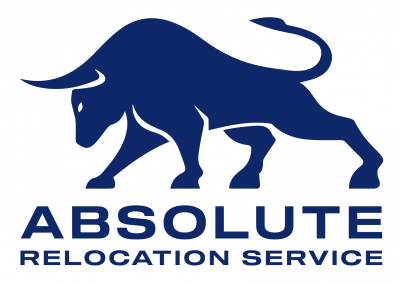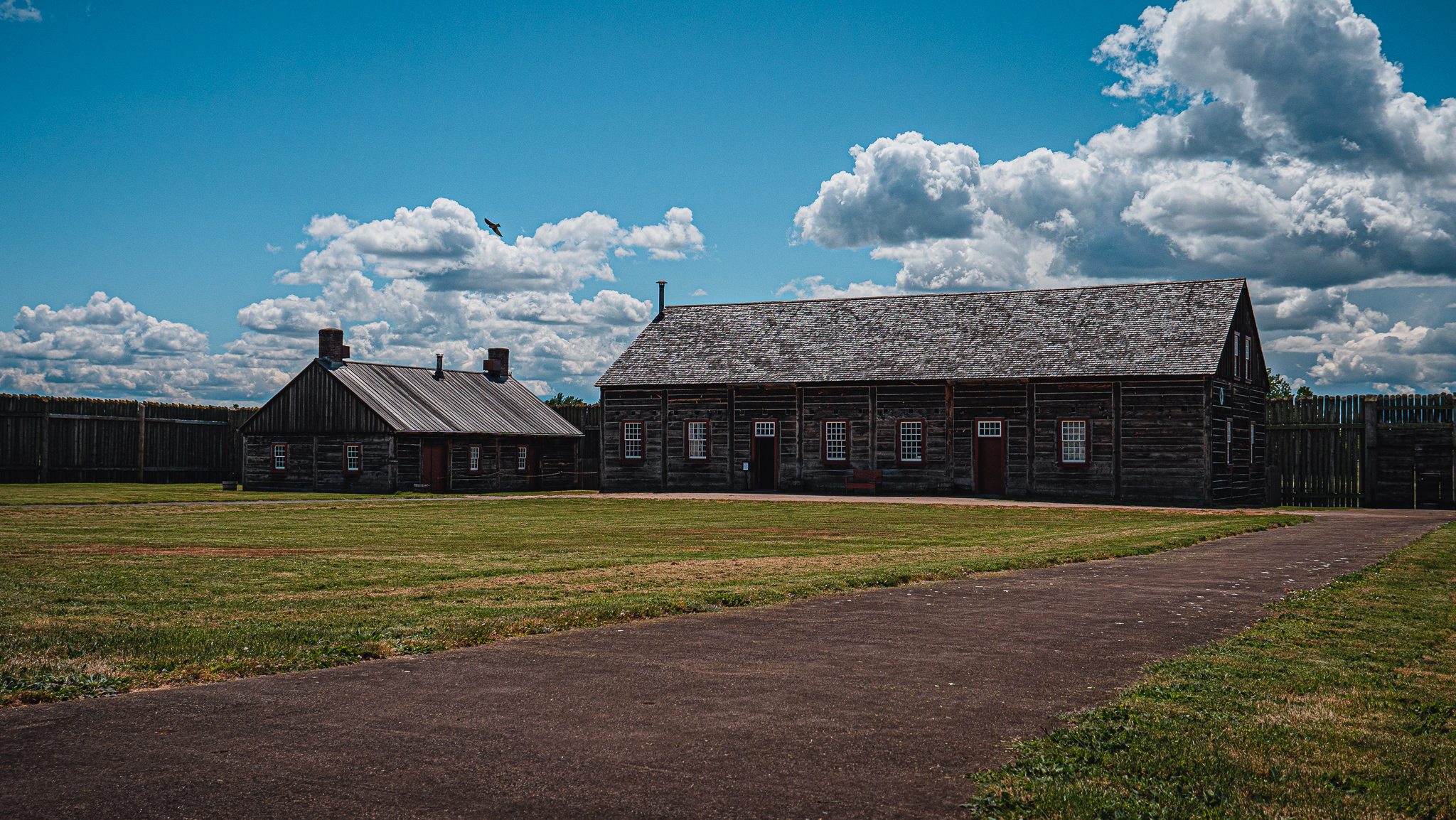Washington State Historic Towns: Discover the region’s rich history
Washington State, located in the Pacific Northwest of the United States, is known not only for its gorgeous scenery and high standard of living, but also for its rich history that makes it unique and attractive to relocate to. Founded in 1889, Washington State has played an important role in the development of the western United States. Its history includes significant events related to the exploration of the area, the construction of railroads, and the development of natural resources.
The state, named in honor of the first U.S. president George Washington, is bordered by Canada to the north, Oregon to the south, Idaho to the east, and the Pacific Ocean to the west. Because of its strategic location and diverse natural resources, Washington has become an important center of commerce, industry, and culture.
The state has been the site of important historical events at various times:
1. Founding of the Hudson’s Bay Company in Vancouver (1825)
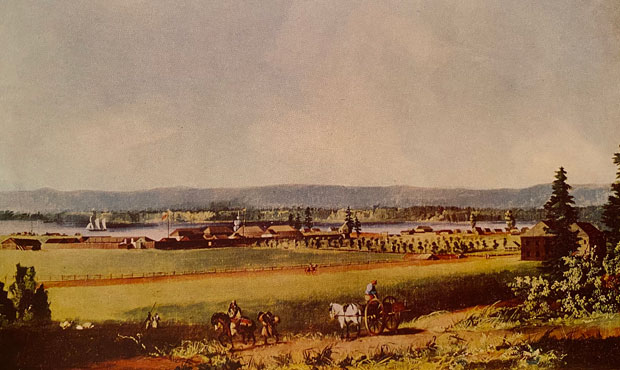
In 1825, the Hudson’s Bay Company established a trading post at Vancouver, which became an important center for the fur trade in the Pacific Northwest. Fort Vancouver served as a place where trade routes crossed and negotiations with local tribes were conducted. This event laid the foundation for further exploration and development of the region.
Historical significance:
- Trading Post: Fort Vancouver became a key point in the fur trade network, supporting economic development and engagement with Indigenous peoples.
- Development of the region: The establishment of the outpost encouraged the influx of settlers and the development of infrastructure, including transportation routes and links to other regions.
2. Selection of Olympia as the capital of Washington State (1853): Solidifying the political center of the state.
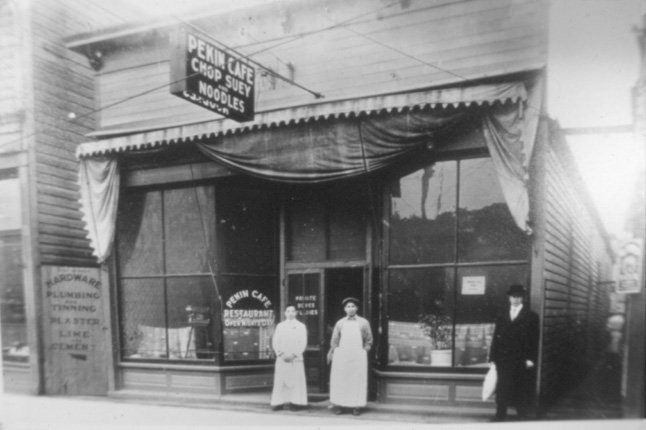
In 1853, Olympia was chosen as the capital of Washington Territory and then Washington State. This event solidified the political and administrative importance of the city, making it the center of government and decision-making.
Historical significance:
- Political Center: Olympia became the seat of state government and the site of political and legislative events.
- Symbol of Stability: Metropolitan status contributed to the stability and development of the region, attracting new residents and investment.
3. Opening of Fort Walla Walla (1856): A military fort that played a key role in protecting settlers and promoting commerce.

Fort Walla Walla was established in 1856 and became an important military and trading post. The fort played a key role in protecting settlers and developing trade with local tribes.
Historical significance:
- Military post: the fort provided protection for settlers and promoted order in the region.
- Trade Center: The fort served as an important point of trade with local tribes and the development of economic ties.
4. Construction of the Pacific Railroad (1883): Connected Tacoma to the rest of the country, which contributed to the city’s economic growth.
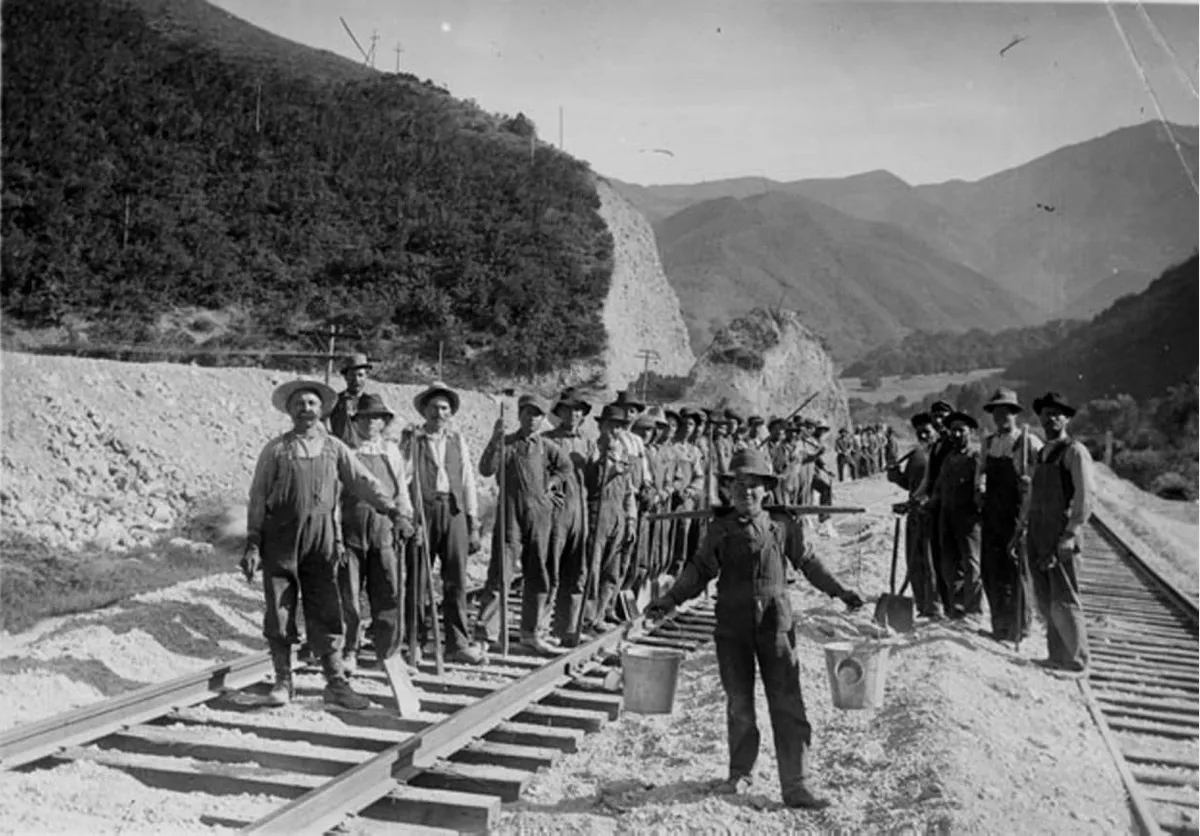
In 1883, the Pacific Railroad reached Tacoma, connecting the west coast to the rest of the country. This development opened new opportunities for trade and migration, fostering urban growth and the region’s economy.
Historical Significance:
- Transportation Connection: The railroad provided fast and reliable transportation of goods and passengers, spurring economic development.
- Urban Growth: Tacoma and other cities along the railroad grew due to the influx of new residents and businesses.
5. Tacoma’s transition to important port status (1890): Development of the port and shipbuilding industry, which contributed to the city’s economic growth.
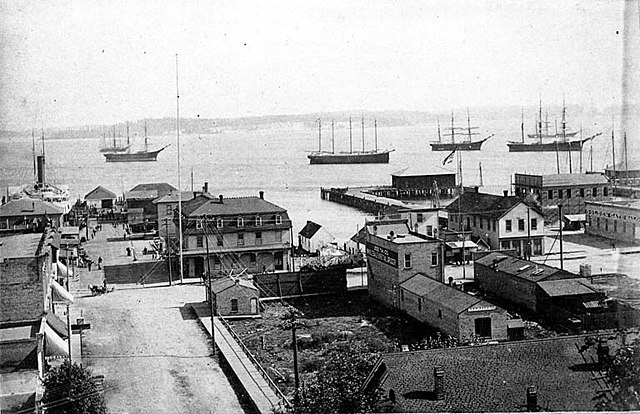
In the 1890s, Tacoma became one of the largest ports on the west coast of the United States. The development of the port and shipbuilding industry contributed to the city’s economic growth.
Historical significance:
- Trade Center: The Port of Tacoma became an important point of international trade, providing imports and exports of goods.
- Shipbuilding: The development of the shipbuilding industry created jobs and spurred economic development in the region.
6. Klondike Gold Rush (1897-1898): Seattle became a major port of embarkation for thousands of gold prospectors, leading to an economic boom.
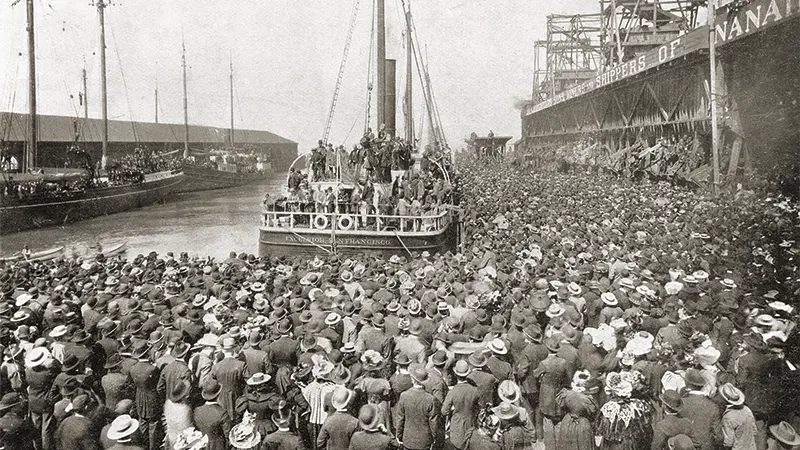
In 1897, following the discovery of gold in the Klondike region of the Yukon, Seattle became the main point of departure for thousands of gold prospectors. The city quickly adapted to its new status, providing everything needed for the journey north. This gold rush contributed significantly to Seattle’s economic growth.
Historical significance:
- Economic Boom: Seattle became an important trade and transportation center, which contributed to its rapid growth.
- Infrastructure Development: New roads, ports, and railroads were built to support the increased flow of people and goods.
7. The founding of the Boeing Company in Seattle (1916): The start of the airplane industry, which led to economic growth and development in the city.
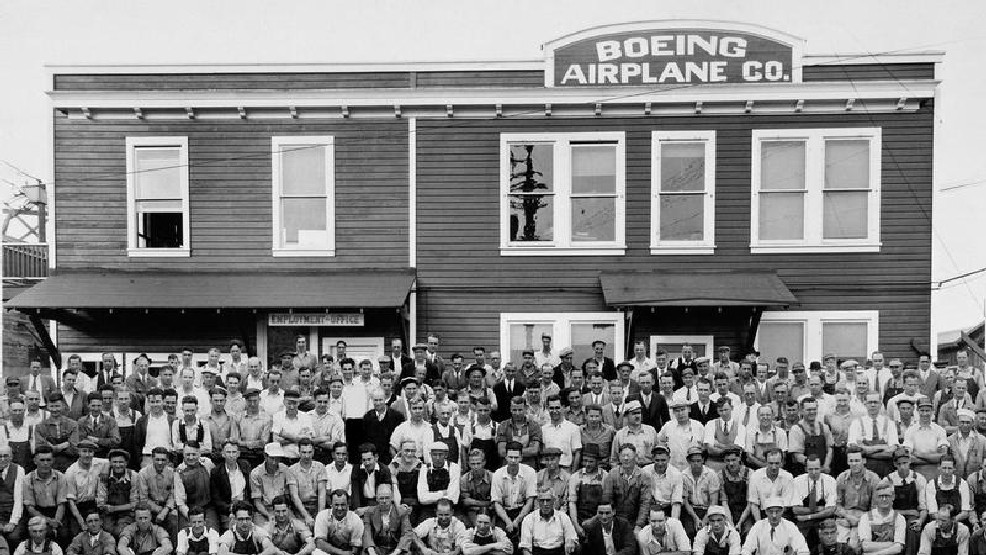
In 1916, William Boeing founded the Seattle Aircraft Manufacturing Company, which eventually became the largest airplane manufacturer in the world. This event launched the aviation industry in the region.
Historical significance:
- Economic Growth: The creation of Boeing led to significant economic development in Seattle, creating jobs and attracting investment.
- Technological Innovation: The company played a key role in advancing aviation technology and national security.
Washington State Historic Towns
Washington State has many cities with rich histories that have played a key role in shaping the region. Let’s take a look at a few of them:
1. Seattle
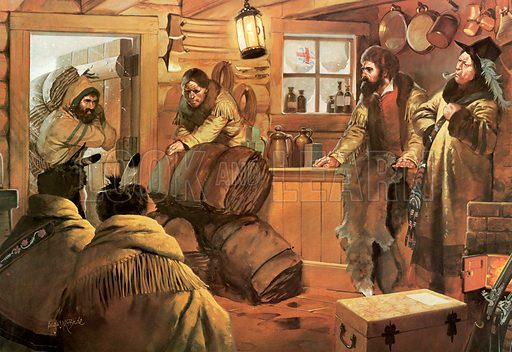
Seattle, the largest city in Washington State, known for its innovation and cultural diversity, is a prime example of historic heritage.
Before the arrival of European settlers, the area of present-day Seattle was inhabited by indigenous peoples such as the Duwamish and Suquomish tribes. These peoples lived on the land for thousands of years, hunting, fishing, and gathering.
In 1851, a group of settlers led by Arthur Denny arrived in what is now Seattle and established the settlement of Alki Point. They soon moved to a more convenient location on the eastern shore of Elliott Bay, which later became the center of Seattle. The city was named in honor of Chief Seattle, a leader of the Duwamish and Suquamish tribes who was known for his peacefulness and willingness to cooperate with white settlers.
One of the key events in Seattle’s history was the Klondike Gold Rush in the late 19th century. In 1897, when gold was discovered in the Klondike region of the Yukon, Seattle became the primary point of departure for thousands of gold prospectors. The city quickly adapted to its new status, providing everything needed for the journey north. This led to significant economic growth, new businesses, and infrastructure development.
In 1893, the Northern Pacific Railroad came to Seattle, connecting the city to the rest of the country. This opened up new opportunities for trade and migration, contributing to the city’s growth and the region’s economy.
In 1916, William Boeing founded the Seattle Aircraft Company, which eventually became the largest manufacturer of airplanes in the world. This event launched the aviation industry in the region, fostering significant economic growth and attracting skilled labor.
Seattle has always been a city with a strong civic stance and active participation in the civil rights movement. In the 1960s, the city was the scene of significant protests and demonstrations for the rights of African Americans and other minorities. This fostered cultural diversity and social cohesion.
2. Tacoma
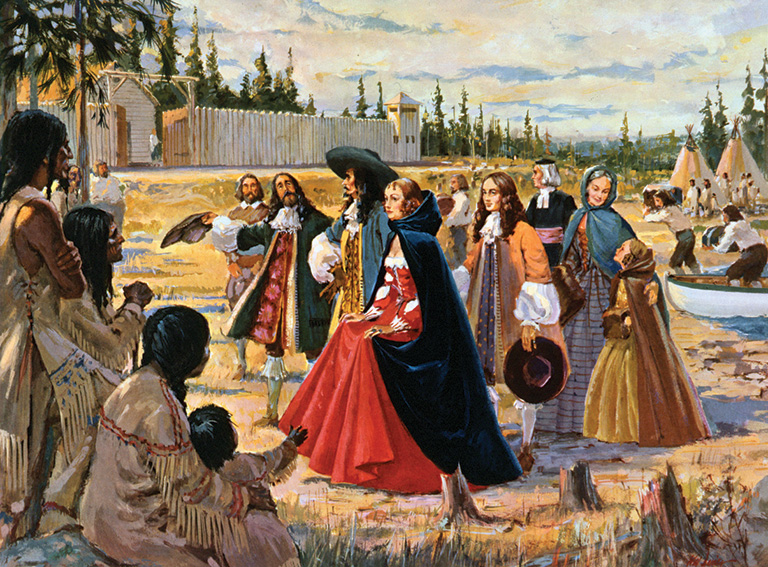
Before the arrival of European settlers, the area of present-day Tacoma was inhabited by indigenous peoples such as the Puyallup and Nasqually tribes. These peoples have lived on this land for thousands of years, hunting, fishing, and gathering.
Tacoma, located on the shores of Puget Sound Bay, was founded in 1864.
The first European explorers arrived in the region in the early 19th century. In 1852, General Morton Matthews established a settlement in what is now Tacoma. The city got its name from the indigenous word “tacobet,” which means “snowy peak” and is related to nearby Mount Rainier.
In 1883, the Pacific Railroad reached Tacoma, connecting the city to the rest of the country. This event opened new opportunities for trade and migration, contributing to the growth of the city and the region’s economy. The railroad depot and Tacoma’s seaport became key points for the transportation of goods and passengers.
The Port of Tacoma, established in the early 20th century, became one of the largest ports on the west coast of the United States. The development of the port and shipbuilding industry contributed to the city’s economic growth, making Tacoma an important commercial center. The port played a key role in international trade and providing logistical links to Asia and other parts of the world.
3. Olympia

Before the arrival of European settlers, the area of present-day Olympia was inhabited by indigenous peoples such as the Nisqually, Puyallup, and Quilsin tribes. These peoples had lived on the land for thousands of years, hunting, fishing, and gathering.
The first European explorers arrived in the region in the early 19th century. In 1846, Edmund Sylvester and Levi Smith established a settlement in what is now Olympia. The city was named in honor of the Olympic Mountains mountain range, which is located to the west and visible from the city.
In 1853, Olympia was chosen as the capital of the newly formed Washington Territory. This status contributed to the city’s development as a political and administrative center. The construction of government buildings and infrastructure development attracted new residents and businesses.
Olympia quickly developed as a commercial and industrial center. The city became an important port through which goods and resources brought from the interior of the state and shipped to other markets passed. Woodworking, fishing, and agriculture became major industries.
4. Spokane
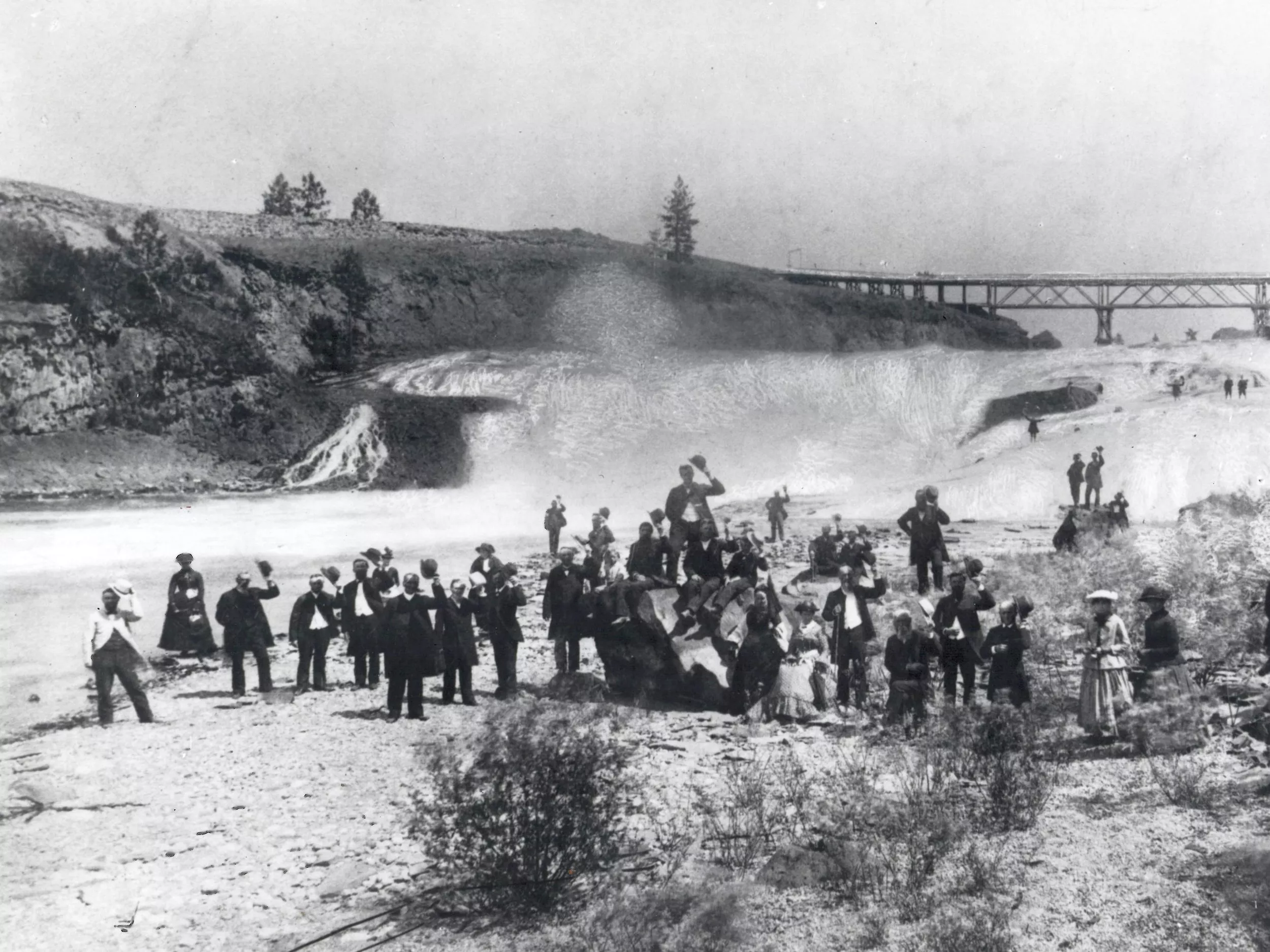
The first European explorers arrived in the region in the early 19th century. In 1810, fur trader David Thompson of the Northwestern Company, established the first trading post in what is now Spokane. In 1873, James Glover, known as the “Father of Spokane,” purchased the land where the city later sprang up.
With the coming of the railroad in 1881, Spokane became an important transportation hub and center of commerce. The construction of the railroad contributed to the city’s economic growth and attracted new residents. In the late 19th century, the city became a center for mining minerals such as silver, gold, and copper, which led to rapid industrial development and population growth.
In 1889, Spokane experienced a devastating fire that destroyed much of the downtown area. However, the city quickly rebuilt through the efforts of local residents and businesses. The rebuilding led to the construction of new buildings and modernization of the city’s infrastructure.
5. Vancouver
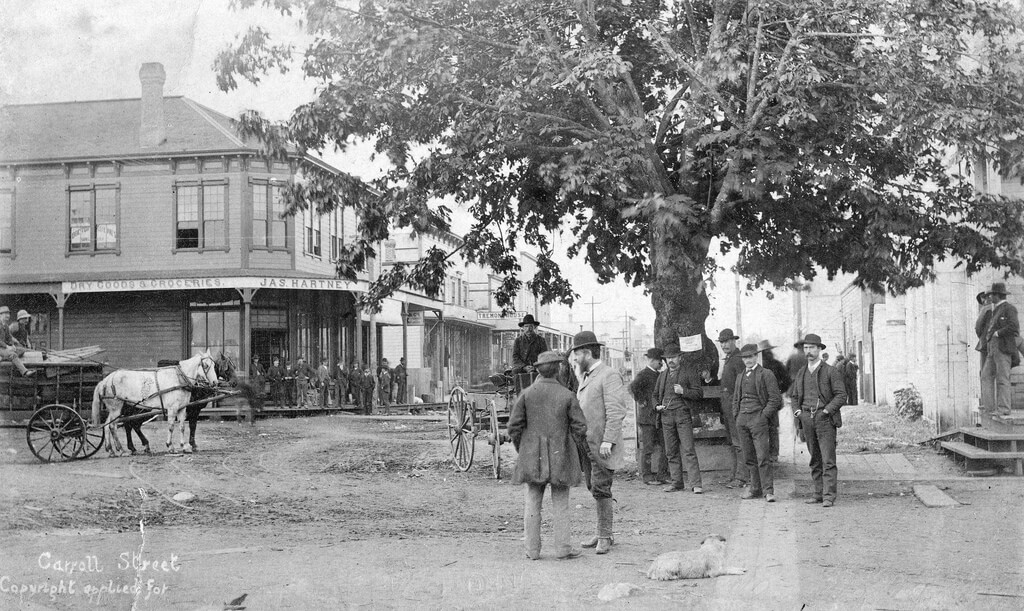
Before the arrival of European settlers, the area of present-day Vancouver was inhabited by indigenous peoples such as the Chinook. These people had lived on the land for thousands of years, hunting, fishing, and gathering. The Chinook tribe was known for their culture and trade ties with other tribes in the region.
In 1792, British navigator George Vancouver, for whom the city was named, explored the area of the mouth of the Columbia River. In 1806, Lewis and Clark, completing their expedition through what is now the United States, also visited the region.
In 1825, a Hudson’s Bay Company trading post, known as Fort Vancouver, was established in what is now Vancouver. This was an important event in the city’s history, as the fort became the center of the fur trade in the region. The fort was run by the famous explorer and trader John McLaughlin.
Fort Vancouver quickly became an important economic center where furs, agricultural products, and other goods were traded. It was also the site of important political and diplomatic meetings between Europeans and indigenous peoples. The fort played a key role in the development of the region and helped integrate it into the world economy.
After the Treaty of Oregon in 1846, which established the boundary between the United States and British North America, Vancouver came under American jurisdiction. In 1857, Vancouver was incorporated into the state of Washington. The city became an important military and administrative center, housing army garrisons and government offices.
With the coming of the railroad in the late 19th century, Vancouver became an important transportation hub. The railroad connection contributed to the city’s economic growth, attracting new businesses and residents. Vancouver became a center of commerce and industry, which contributed to its further development.
6. Walla Walla.

Walla Walla, founded in 1856, is located in the eastern part of the state and is known for its fertile land and wineries. The city has played an important role in the development of agriculture and commerce.
Historical Significance:
- Fort Walla Walla: A military fort established to protect settlers and promote trade.
- Wine Region: Walla Walla is known for its vineyards and high quality wines.
7. Port Townsend
Port Townsend, founded in 1851, is located in the northwestern part of the state and is known for its Victorian buildings and maritime history. The town was an important port for merchant ships and became a center for shipbuilding.
Historical significance:
- Seaport: Important center of commerce and shipbuilding in the late 19th century.
- Victorian Architecture: Preserved historic buildings attract tourists from all over the world.
8. Blaine
Blaine, located on the Canadian border, was founded in 1884 and served as an important border post. The town is known for its scenic views and historical heritage.
Historical significance:
- Border Post: Blaine played a key role in securing the border and promoting trade.
- Border Peace Park: A symbol of friendship between the United States and Canada.
9. Chelan
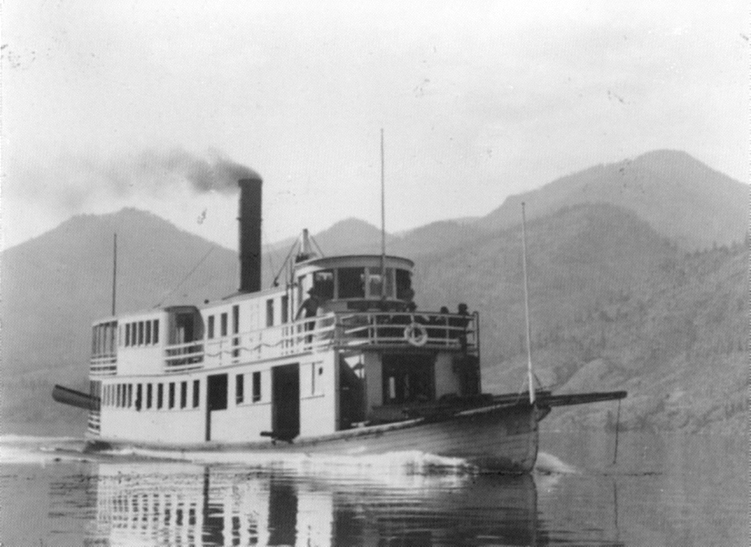
Chelan, located on the shores of Lake Chelan, was founded in 1892. The town is known for its natural beauty and wineries.
Historical significance:
- Lake Chelan: One of the deepest lakes in the United States, a popular destination for recreation and tourism.
- Wine Region: Chelan is known for its vineyards and high quality wines.
10. Rosalia
Rosalia, located in the eastern part of the state, was founded in the 1870s and is known for its historic buildings and agriculture.
Historical Significance:
- Historic Buildings: Preserved late 19th century buildings that reflect the architectural style of the time.
- Agriculture: Rosalia is a center of agricultural production, especially grain crops.
Why Washington State is attractive for relocation
Washington State offers many advantages for those thinking of relocating. The favorable climate, variety of cultural and natural attractions, high standard of living and developed infrastructure make this region an ideal place to live. You can find many museums, galleries and music venues that offer a variety of cultural events and performances.
Our moving company is ready to take care of all your Washington State moving needs. We offer a full range of services, including packing and transportation of belongings, to make your move as comfortable and carefree as possible. Whether you are planning a move to one of the cities or picturesque suburbs, we will provide you with professional service and personalized attention.
Move with us and enjoy all the benefits of living in this fascinating region rich in history, where a variety of attractions await you at every turn.
Contact us in any way:
Telephone: (800) 881-1048
E-mail: estimate@absoluterelocationservices.com
